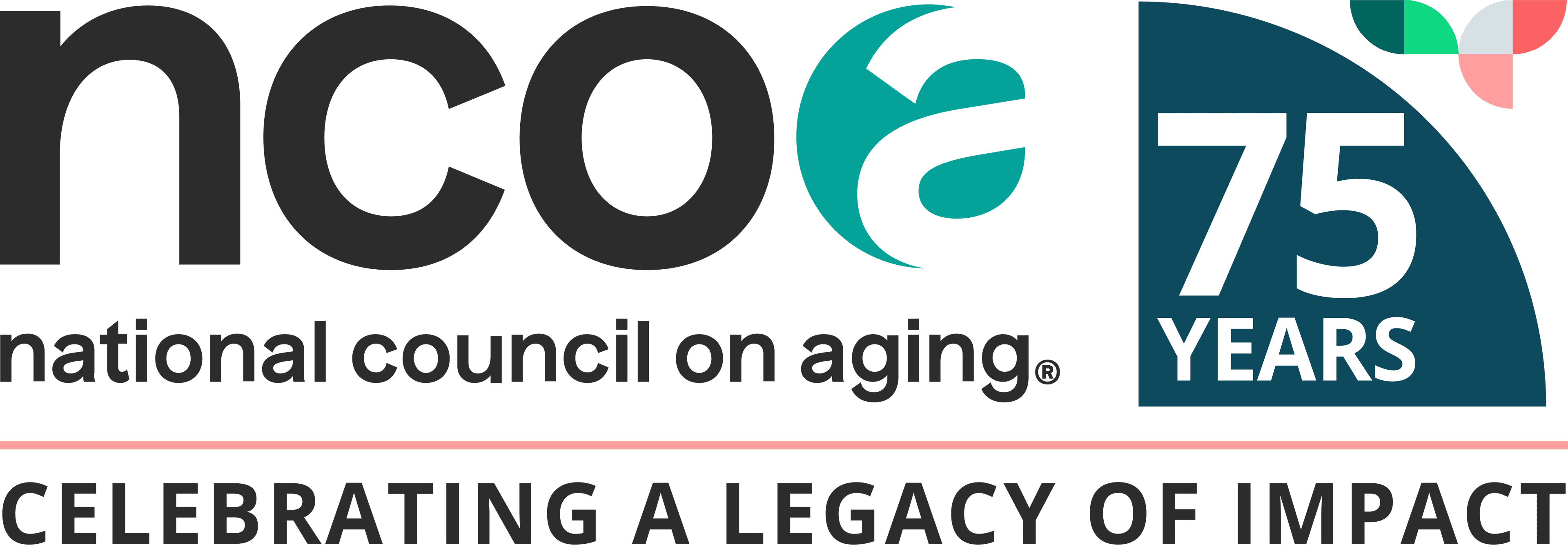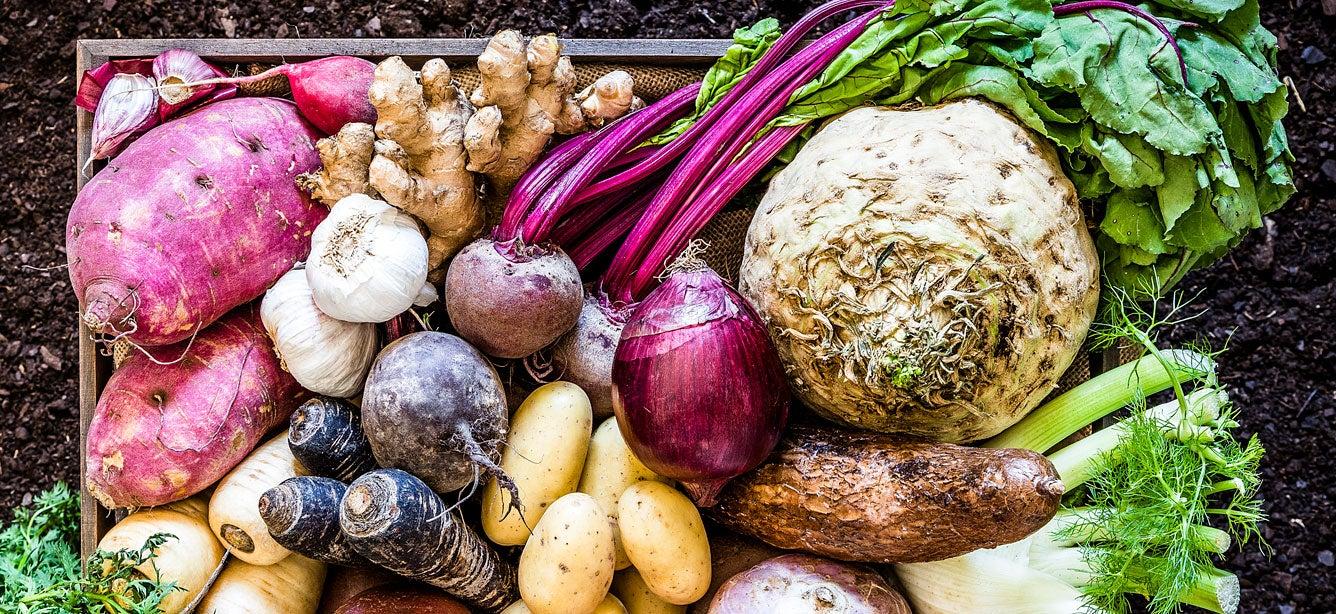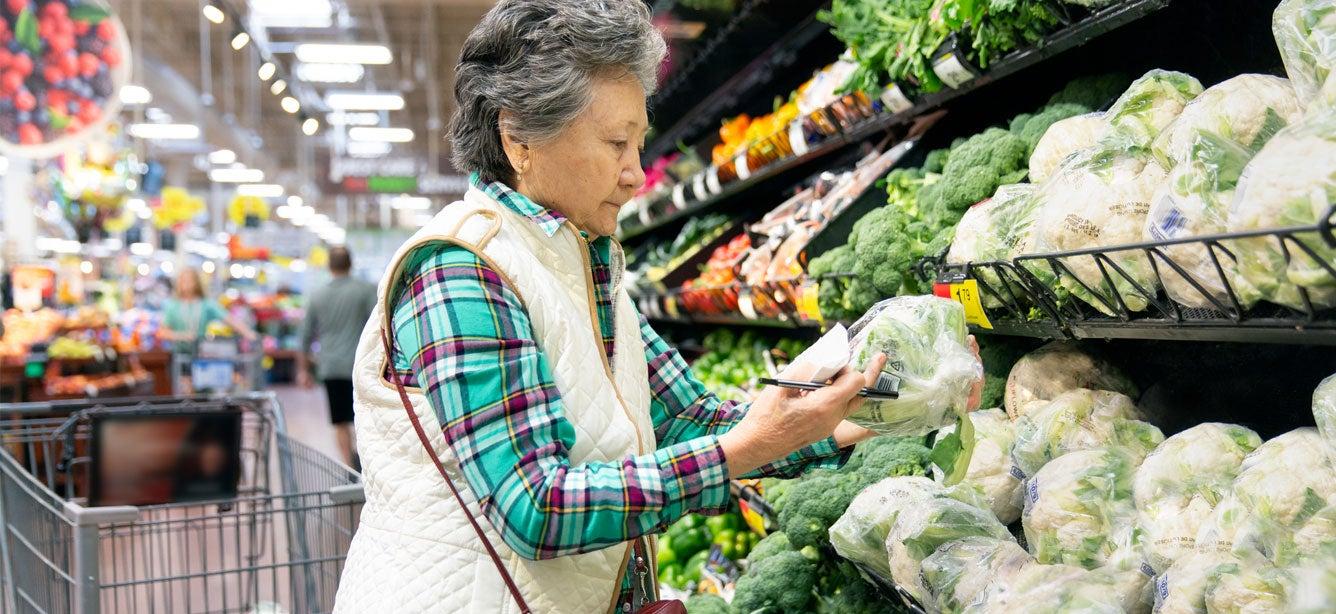
Related Topics
Across the U.S., the Supplemental Nutrition Assistance Program (SNAP) serves a monthly average of 7 million households with adults age 60+, representing 33% of all households.1 If you’re living in one of these households, or if you’re thinking about applying, you may be wondering how long you can get SNAP benefits.
How long do SNAP benefits last?
The duration of SNAP assistance varies across households, depending on factors such as:
- The number of people in your household
- Your employment status
- Your age and health
Benefit periods for SNAP can range from one month all the way up to three years. If you qualify for the program, you’ll receive an approval letter that explains how long you can get SNAP benefits. This “active” period is called your certification period. Your household will be issued an Electronic Benefits Transfer (EBT) card along with a monthly benefit allowance for the duration of your certification period.
How do I renew SNAP benefits?
If you want to keep receiving SNAP assistance after your certification period ends, you’ll be required to recertify for benefits. Don’t worry about having to remember to recertify. Several weeks before the end of your SNAP certification period, you should receive a packet from your local SNAP office. This packet will contain detailed instructions on how to recertify.
In addition to completing, signing, and returning the recertification form via mail or online, you may be asked to provide verifying information and/or documents. These might include:
- Your current income (including most recent pay stubs, if applicable)
- Any household changes (new members or people who have left)
- The amount you pay for shelter, dependent care, and medical expenses
Your SNAP office will use all this information to determine if you're still eligible to receive SNAP assistance. Many states have implemented a streamlined recertification process for households with older adults. If everyone in your house is age 60 or older, you most likely will not have to complete a recertification interview. To avoid disruptions in your SNAP benefits, be sure to return your recertification form and documents on time.
SNAP guidelines vary by state. If you have specific questions about how to renew SNAP benefits, it’s a good idea to contact the program administrator in your area. Use this state directory and click on your state of residence to get contact information for your local SNAP office.
Do SNAP benefits expire? How long do SNAP benefits stay on my card?
You don't have to use up all your SNAP benefits in the same month you receive them. If you have leftover funds in your account, they will roll over into the next month. In fact, many SNAP recipients save their SNAP dollars for bigger shopping trips. Even if you lose SNAP eligibility and your case is closed, you can still use any funds left on your EBT card.
However, SNAP benefits fall into the category of “use it or lose it.” You need to use your EBT card on a regular basis. If you do not access your SNAP benefits at all for 9 months, you’ll lose them for good.
What if I lost my EBT card and can’t use it?
It’s very important to keep your SNAP EBT card in a safe and secure place, such as your wallet. But sometimes mishaps occur despite our best intentions. Contact your state’s EBT Customer Service department right away if you discover that:
- You’ve misplaced your EBT card
- Your EBT card has been stolen
- You’ve forgotten your Personal Identification Number (PIN)—the four-digit “secret” number you use to access your funds
- There are unauthorized charges on your EBT account
The USDA offers a state-by-state directory of SNAP resources, including toll-free EBT Customer Service phone numbers.
Unlike other government benefit cards, SNAP EBT cards are not protected from fraudulent charges and errors. Acting quickly can help you stop future unauthorized use of your account and preserve your remaining benefits.
Should I apply for SNAP?
Eating healthy is a challenge at any age—but for older adults on a fixed or limited income, it can be even more difficult. The rising costs of groceries have made it a strain for many people to get enough to eat daily. Sometimes, they’re forced to choose between eating dinner and paying for essentials like utilities and medication.
Take Martha Norris, for instance. At age 60, Martha lives with diabetes, high blood pressure, and osteoarthritis. She gets disability payments—but still has trouble affording nutritious groceries. Now that Martha has SNAP, she enjoys much more flexibility.
I can go to the store when I want and get some fresh vegetables: asparagus, tomatoes, lettuce... you name it!," Martha said.
Another woman we talked to asked of our Benefits Enrollment Centers (BECs) to help her father enroll in SNAP benefits. She made the call after noticing during a visit that he’d lost several pounds. When she asked her dad if he’d forgotten to go grocery shopping, he replied: “After paying most of the bills, there isn’t much money left for food.”
Now that her father is receiving SNAP benefits and eating well, his daughter—who lives states away—can feel at ease.
If you’re having trouble affording groceries, SNAP can provide the extra financial wiggle room you need. You’ll have the power to make healthier food choices that help you feel better, prevent chronic disease, and stay independent for longer.
Wondering how to apply for SNAP?
Many older adults who qualify for SNAP still aren’t getting the help they deserve. Recent data shows that only about half of eligible adults age 60+ are enrolled in the program2—meaning millions are missing out on benefits that could make a real difference at the grocery store.
Some hesitate to apply because the process can feel confusing or overwhelming—especially now, as the recent government shutdown created even more uncertainty about when and how benefits will be distributed. But it doesn’t have to be.
At BenefitsCheckup.org, you’ll find step-by-step guidance to help you check your eligibility and complete your SNAP application. You can also explore other programs that can help cover essentials like housing, utilities, prescriptions, and health care. Now more than ever, making sure you’re getting all the support available can help ease financial strain and keep food on the table.
Sources
1. USDA. Characteristics of Supplemental Nutrition Assistance Program Households: Fiscal Year 2023. April 2025. Found on the internet at https://fns-prod.azureedge.us/sites/default/files/resource-files/snap-FY23-Characteristics-Report.pdf
2. USDA. Food and Nutrition Service. Trends in Supplemental Nutrition Assistance Program Participation Rates: Fiscal Year 2016 to Fiscal Year 2020. December 2022. Found on the internet at https://fns-prod.azureedge.us/sites/default/files/resource-files/snap-trends-fy2016-2020.pdf



